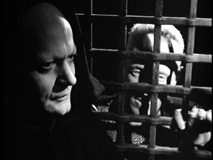"…as Jeremy R. Knowles, Dean of the Faculty of Arts and Sciences, stated in his Fall 2006 address to the Harvard freshman class, being able to tell if a man is 'talking rot' is the ultimate goal of a liberal arts education."
— Yelena S. Mironova ’12 in The Harvard Crimson yesterday
Is Mironova talking rot? Apparently not, since Knowles did, it seems, use that phrase in such an address. (See an alleged transcript of his remarks by someone at Facebook identifying herself as Van Le, Harvard '10)
Was Knowles talking rot? Perhaps, since the alleged transcript of his remarks indicates he attributed the phrase to a 1914 lecture by one J. A. Smith, a philosopher at Oxford, but did not give a source for his quotation.
A Google web search for more accurate information yields no exact source. There are two notable hearsay sources—
The weblog Fairing's Parish on August 16, 2009, gives a version attributed to Smith in More Christmas Crackers by John Julius Norwich. (The hardcover first edition of this book was published by Viking on Oct. 14, 1991, according to Amazon.co.uk.)
An earlier book in the Christmas Crackers series was cited as a Smith source by Michael M. Thomas at Forbes.com on Oct. 24, 2008—
"I happened upon Professor Smith long years ago, in the 1980 edition of John Julius Norwich's Christmas Cracker [sic ]…."
The weblog Laudator Temporis Acti of Michael Gilleland on August 29, 2004, says…
The following quotation comes at second or third hand. John Alexander Smith (1863-1939), Waynflete Professor of Moral and Metaphysical Philosophy at Oxford, gave a lecture sometime before WWI, attended by Harold Macmillan. Macmillan reported Smith's words to Isaiah Berlin, and Isaiah Berlin told them to Ramin Jahanbegloo, who reproduced them in Conversations with Isaiah Berlin (London: Phoenix Press, 1993), p. 29….
Some further bibliographic notes on the Jahanbegloo book—
Ramin Jahanbegloo, Isaiah Berlin en toutes libertés: entretiens avec Isaiah Berlin (Paris, 1991: Éditions du Félin); repr. in its original English form as Ramin Jahanbegloo, Conversations with Isaiah Berlin (London, 1992: Peter Halban; New York, 1992: Scribner’s; London, 1993: Phoenix; 2nd ed., London, 2007: Halban); excerpted in Jewish Quarterly 38 No 3 (Autumn 1991), 15–26, Jewish Chronicle, 7 February 1992, Literary Supplement, ii, Guardian, 7 March 1992, 23, and (as ‘Philosophy and Life: An Interview’) New York Review of Books, 28 May 1992, 46–54; trans. Chinese (both scripts), German, Hebrew, Italian, Japanese, Persian, Polish, Portuguese, Spanish (complete and in part, by different translators)
— http://berlin.wolf.ox.ac.uk/lists/interviews/index.html
A Google books search yields some starting points for a paper chase that might, given library resources like Harvard's, finally nail down the rot quote.
Try smith oxford "talking rot".
The best citation I can find online is not very good. See The Oxford Book of Oxford (first edition 1978, new edition 2002), edited by Jan (formerly James) Morris, who gives as her source "J. A. Smith, Professor of Moral Philosophy, opening a lecture course in 1914 (quoted by Harold Macmillan in The Times, 1965)." This does not indicate whether Macmillan was quoting Smith from memory or from a written or printed record. Only the latter would clear Macmillan (and all subsequent purveyors of the alleged Smith quote who did not attribute it to Macmillan) from the suspicion of talking rot.




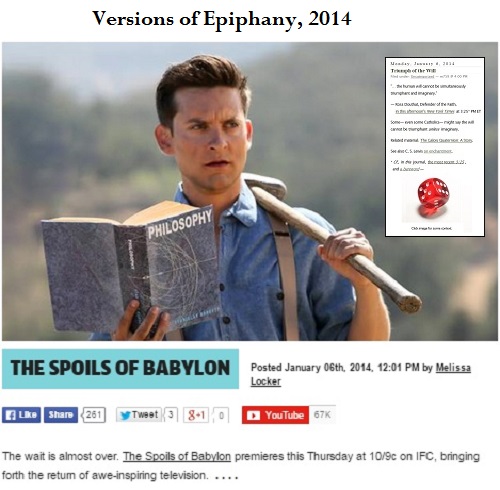

















































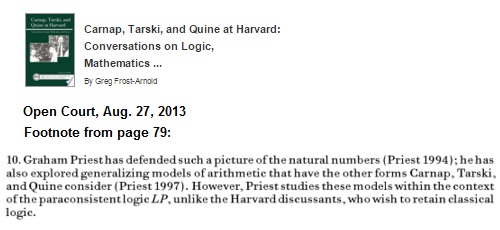
















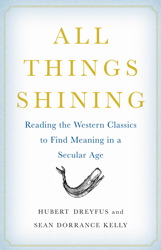



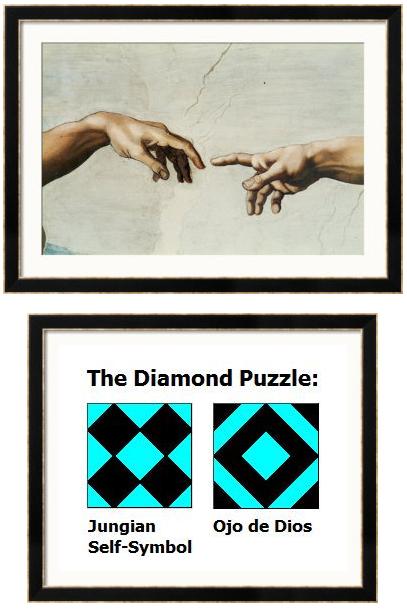












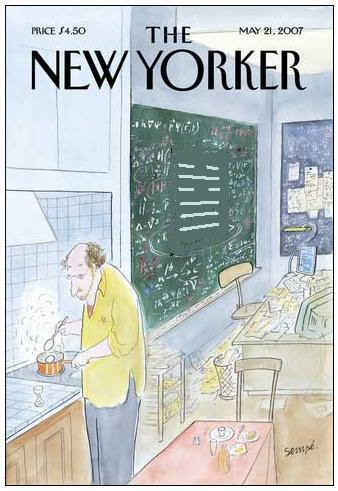




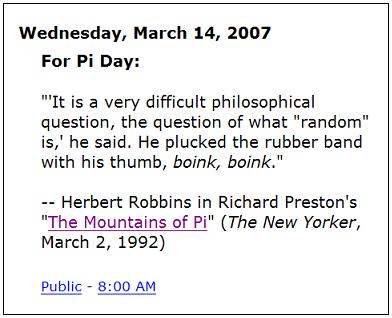
















 doesn’t change, even if the idea one has about it may change.’ ( p. 263). This claim, referring to a ‘crescendo of absurdity’ in Sokal’s original hoax in Social Text, is criticized by anthropologist Joan Fujimura, in an article translated for IS*. Most of Fujimura’s article consists of an astonishingly bland account of the history of non-euclidean geometry, in which she points out that the ratio of the circumference to the diameter depends on the metric. Sokal and Bricmont know this, and Fujimura’s remarks are about as helpful as FN’s** referral of Quine’s readers to Hume (p. 70). Anyway, Sokal explicitly referred to “Euclid’s pi”, presumably to avoid trivial objections like Fujimura’s — wasted effort on both sides.32 If one insists on making trivial objections, one might recall that the theorem
doesn’t change, even if the idea one has about it may change.’ ( p. 263). This claim, referring to a ‘crescendo of absurdity’ in Sokal’s original hoax in Social Text, is criticized by anthropologist Joan Fujimura, in an article translated for IS*. Most of Fujimura’s article consists of an astonishingly bland account of the history of non-euclidean geometry, in which she points out that the ratio of the circumference to the diameter depends on the metric. Sokal and Bricmont know this, and Fujimura’s remarks are about as helpful as FN’s** referral of Quine’s readers to Hume (p. 70). Anyway, Sokal explicitly referred to “Euclid’s pi”, presumably to avoid trivial objections like Fujimura’s — wasted effort on both sides.32 If one insists on making trivial objections, one might recall that the theorem







